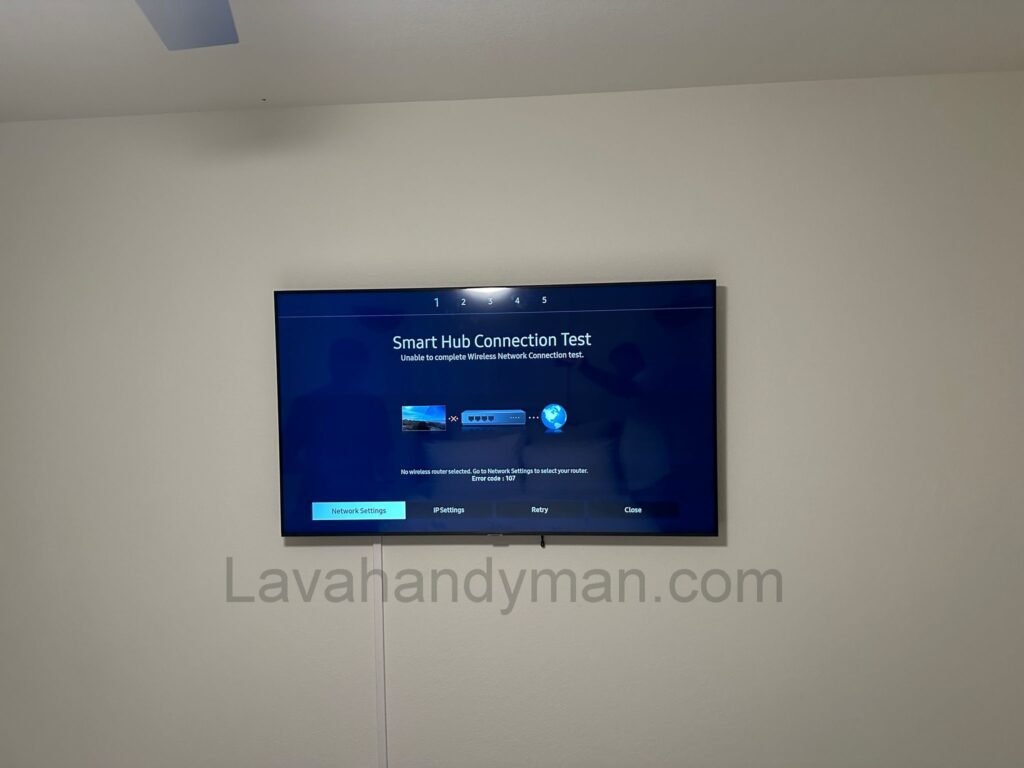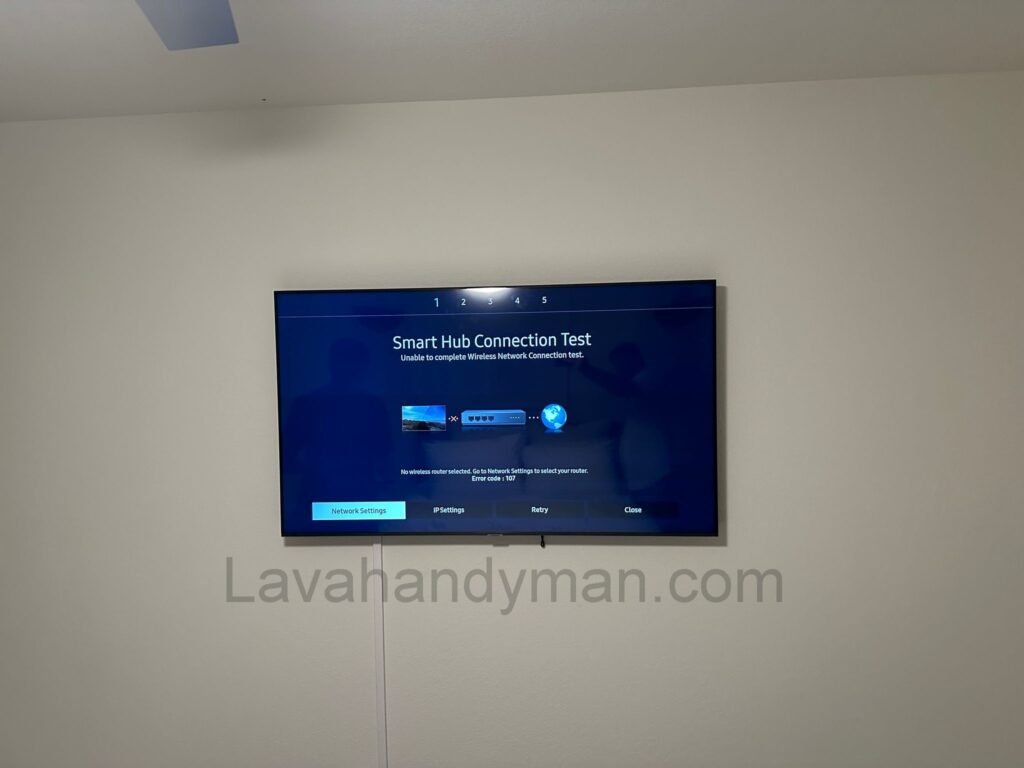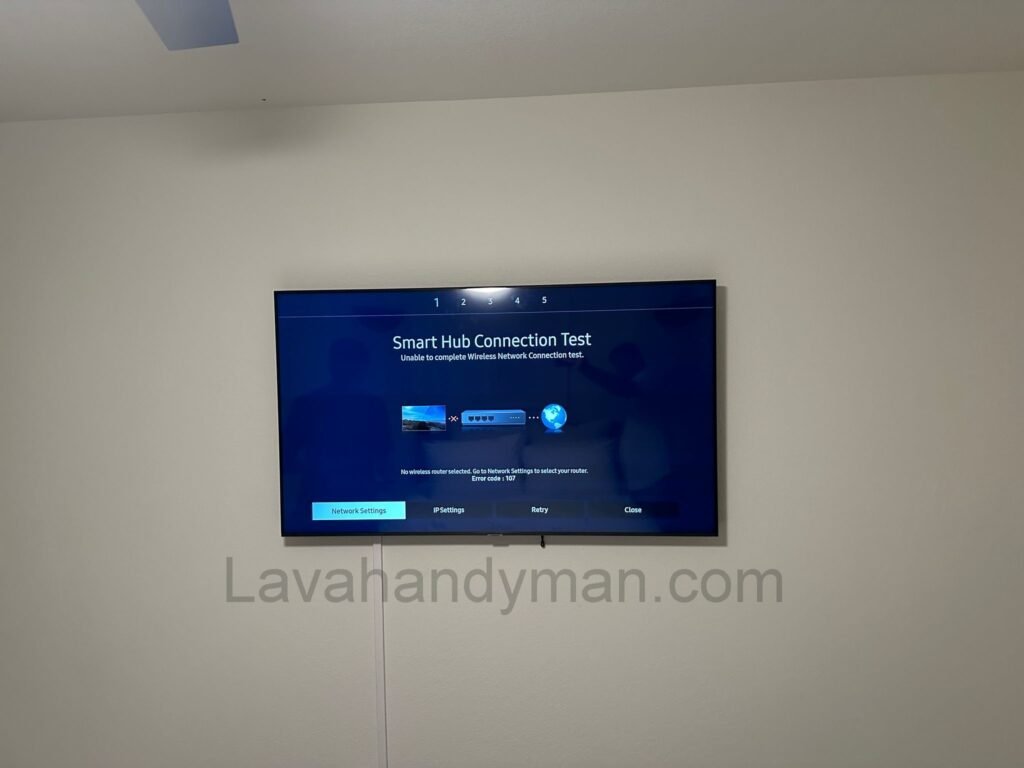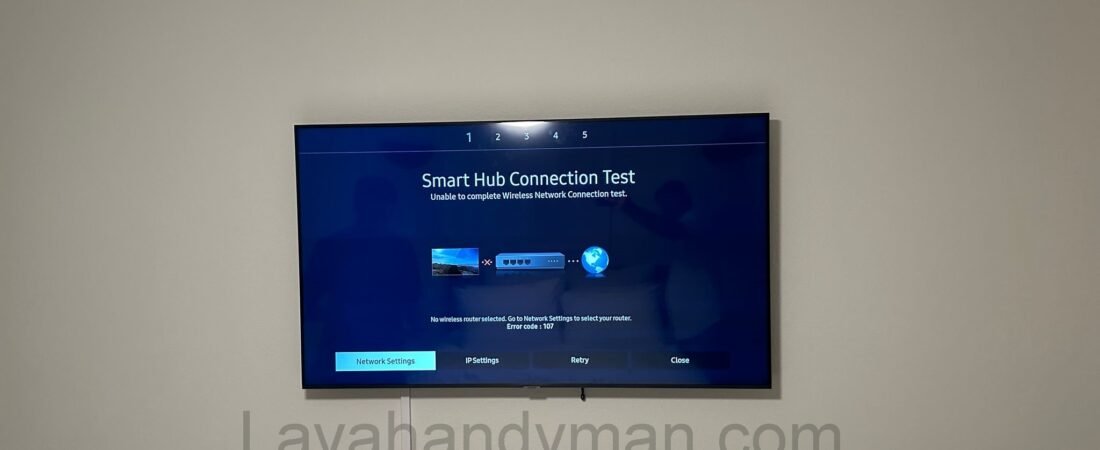🖥️ Installing TVs in Commercial Environments: A Complete Guide to Selection, Installation
Introduction
With the rapid development of digital technologies, installing TVs in commercial environments has become a powerful tool for marketing, customer engagement, and enhancing interior aesthetics. Whether used for advertising, live broadcasting, or displaying essential information, commercial TVs play a critical role in modern businesses. This article provides a comprehensive guide to choosing the right display, installing it properly, and managing its content efficiently.
🎯 Why Install a TV in a Commercial Space?
Before installation, it’s crucial to define your goals. Common purposes include:
- Visual advertising and brand promotion
- Displaying menus, prices, or service lists
- Streaming live content or entertainment
- Enhancing the visual appeal of your space
- Increasing customer engagement through interactive displays
🖥️ Installing TVs in Commercial Environments: A Complete Guide to Selection, Installation

📺 Choosing the Right Display for Commercial Use
Popular types of displays include:
- LED / OLED TVs: Offer high-resolution visuals, best for environments with controlled lighting
- Commercial-grade Displays: Designed for 24/7 operation, durable, and remote-controllable
- Digital Signage Displays: Ideal for scheduled content playback and information display
- Touchscreen Displays: Perfect for kiosks, self-service points, or interactive experiences
📐 Key Considerations When Installing Commercial TVs
Placement and positioning:
- Proper height for optimal viewing comfort
- Wide viewing angle to reach more customers
- Avoid direct sunlight to reduce screen glare
Mounting options:
- Wall mounting with fixed or tiltable brackets
- Ceiling mounting in high-traffic areas like malls
- Floor-standing or embedded displays for custom décor
Safety and aesthetics:
- Professional mounting to prevent accidents
- Concealed wiring for a clean, modern appearance
🖥️ Installing TVs in Commercial Environments: A Complete Guide to Selection, Installation
⚙️ Infrastructure and Supporting Equipment
To ensure optimal performance, consider the following setup:
- Reliable power source and UPS to prevent power surges
- HDMI and network cabling routed neatly
- Proper ventilation or wall clearance to avoid overheating
- Media players or CMS systems to manage multiple displays centrally
🧠 Professional Content Management for Business Displays
One major benefit of commercial TV displays is the ability to broadcast dynamic and customized content.
Key practices:
- Use a digital signage content management system (CMS)
- Schedule content playback based on time, promotions, or seasonal campaigns
- Design visually appealing branded graphics
- Regularly monitor systems to ensure smooth playback
🖥️ Installing TVs in Commercial Environments: A Complete Guide to Selection, Installation
⚖️ Legal and Ethical Considerations
- Adhere to copyright laws when using music or video content
- Avoid offensive, misleading, or culturally inappropriate material
- Obtain necessary permits or approvals for public installations if required
🔌 Emerging Technologies in Commercial TVs
Today’s commercial displays are much more than traditional TVs. They come with advanced features tailored to business needs.
Key Features:
- Content Management Systems (CMS): Allow precise scheduling and remote content control
- IoT Integration: Sync with point-of-sale (POS) systems, lighting, or environmental sensors
- Interactive Capabilities: Touchscreens and motion sensors for dynamic customer interaction
- Cloud-Based Displays: Update your content from anywhere without needing physical access
🖥️ Installing TVs in Commercial Environments: A Complete Guide to Selection, Installation
🛠️ Challenges of Installing TVs in Commercial Spaces
Despite the benefits, installing TVs in public and retail environments comes with unique challenges:
Maintenance & Monitoring: Regular checkups are essential for smooth operation
Design Integration: The TV must complement the interior design, not clash with it
Cable Management & Electrical Safety: Especially important in customer-facing areas
Proper Positioning in High-Traffic Areas: To avoid damage and ensure visibility
🛠️ Complete Guide to Tools and Equipment for Installing TVs in Commercial Spaces
1️⃣ Types of TV Mounts for Commercial Installations
One of the most critical components of a successful TV installation is choosing the right wall mount. Depending on the space and usage, there are several options:
- Fixed Mount: Ideal for fixed viewing angles in low-traffic areas
- Tilting Mount: Allows vertical angle adjustment; great for TVs mounted higher up
- Full-Motion Arm (Articulating Mount): Offers flexibility to tilt, rotate, and extend the TV
- Ceiling Mount: Suitable for glass walls or limited wall space
- Video Wall Mount: Used for setting up multiple screens as a digital signage wall
💡 Tip: Always use industrial-grade mounts in commercial spaces to ensure safety and stability.
🖥️ Installing TVs in Commercial Environments: A Complete Guide to Selection, Installation
2️⃣ Essential Tools for Professional TV Installation
To ensure a secure and precise installation, the following tools are necessary:
| Tool | Purpose |
|---|---|
| Power or Cordless Drill | For creating wall holes and anchor points |
| Heavy-Duty Anchors and Screws | For use on concrete or brick walls |
| Laser or Bubble Level | Ensures the mount and screen are perfectly aligned |
| Measuring Tape and Metal Ruler | Accurate measurements for placement |
| Electric or Cordless Screwdriver | For faster bracket installation |
| Allen Wrenches, Adjustable Wrench, Socket Set | To tighten bolts on adjustable mounts |
| Cable Feeder & Fish Tape | For routing cables cleanly through walls or conduits |
3️⃣ Cable Management and Aesthetic Accessories
In commercial settings, cable organization plays a vital role in maintaining a professional look and safety:
- Cable Trunking / Raceway: Neatly hides cables along walls
- Cable Clips: Secures cables along predefined paths
- Cable Management Box: Gathers power, HDMI, and network cables behind the display
- HDMI, VGA, DisplayPort, and LAN Extenders/Adapters: For flexible connection to various sources
🖥️ Installing TVs in Commercial Environments: A Complete Guide to Selection, Installation

4️⃣ Backup & Support Electronics
To ensure uninterrupted and reliable display performance, consider using:
- UPS (Uninterruptible Power Supply): Protects against power loss or surges
- Digital Signage Media Player: Plays promotional or branded content
- HDMI Splitters or Matrix Switches: Sends the same content to multiple screens
- Universal or Centralized Remote Controls: Manages several TVs from a single point
5️⃣ Smart Tools & Software for Advanced Installations
For larger, more complex projects—such as malls or hotels—additional tools and systems are beneficial:
- Digital Signage CMS (Content Management System): Schedule and update content remotely
- Wireless HDMI Extenders: Useful where cable routing is not feasible
- Motion or Presence Sensors: Trigger content playback when a person walks by
- Customer Behavior Analytics Cameras: Analyze which content gets the most attention
🎯 Cable Management Accessories for Clean and Professional TV Installations
1️⃣ Cable Trunking / Raceway
Cable trunking systems, typically made of plastic or metal, are used to guide and conceal cables along walls. They:
- Protect cables from physical damage
- Keep wires out of sight for a tidy look
- Can be painted to match the interior design
- Come in various shapes and sizes (rectangular, D-shape, flexible)
✅ Ideal for offices, stores, educational environments
2️⃣ Cable Clips & Ties
- Cable clips: Secure cables neatly to walls, furniture, or baseboards
- Zip ties (cable ties): Bundle multiple cables together
- Reusable ties or Velcro straps: Great for flexible or temporary installations
🛑 These accessories prevent sagging, tangling, and unsafe cable exposure.
3️⃣ Cable Management Box
These boxes are designed to gather and hide excess cable clutter:
- Usually placed behind TVs or under desks
- Organize power cords, HDMI cables, LAN cables, adapters, etc.
- Offer a clean and professional look while keeping electronics safe from dust
📦 Best for setups involving media players, routers, and multiple devices.
4️⃣ Floor Cable Covers
In cases where cables must run across the floor (e.g., from a power source to a wall-mounted TV), floor cable covers are essential:
- Protect against cable damage and tripping hazards
- Useful in trade shows, open-plan offices, or temporary setups
- Often feature anti-slip designs and can match flooring aesthetics
5️⃣ Back-of-TV Cable Organizers
These small plastic or adhesive clips attach to the back of the TV or the mount:
- Help route cables directly behind the screen
- Keep them out of the viewer’s line of sight
- Ideal for articulating mounts or glass wall installations
6️⃣ Velcro Cable Wraps
Soft, reusable Velcro wraps offer a flexible way to organize and secure cables:
- Easy to remove and reapply
- Gentle on cables (unlike plastic ties)
- Great for professional-grade installations
Types of TV Mounts and Brackets
1. Fixed Wall Mount
- Features: This mount holds the TV flat and close to the wall at a fixed angle.
- Advantages: Simple installation, affordable, ideal for spaces with a fixed viewing angle.
- Disadvantages: No angle adjustment; best for direct, straight-on viewing.
2. Tilting Mount
- Features: Allows vertical tilt adjustment (tilting up or down).
- Advantages: Suitable for TVs mounted higher on the wall, reduces glare, and improves viewing angle.
- Disadvantages: No horizontal swivel.
3. Full-Motion / Articulating Mount
- Features: Can extend, retract, swivel left and right, and tilt vertically.
- Advantages: Maximum flexibility to adjust the TV angle in various room layouts.
- Disadvantages: More complex installation and higher cost than fixed mounts.
4. Ceiling Mount
- Features: Attaches the TV mount to the ceiling, ideal for spaces without suitable walls or open areas.
- Advantages: Great for large rooms, conference halls, restaurants, and exhibition spaces.
- Disadvantages: Requires appropriate ceiling height and precise installation.
5. Video Wall Mount
- Features: Designed for mounting multiple TVs or displays together as a single large video wall.
- Advantages: Ideal for digital advertising, conference rooms, and control centers.
- Disadvantages: Requires professional design and installation; higher cost.
6. Table Stand
- Features: Supports the TV on a desk or cabinet without wall mounting.
- Advantages: Portable and suitable for exhibitions or temporary setups.
- Disadvantages: Occupies table space; not recommended for small rooms.
Important Tips for Choosing a Mount
- Consider the TV’s weight and size
- Assess the type and material of wall or ceiling
- Evaluate viewer angles and installation height
- Check quality and compliance with VESA standards
- Use industrial-grade mounts for commercial environments
✅ Conclusion
Installing TVs in commercial environments offers businesses a powerful means of communication, marketing, and customer engagement. With the right equipment, professional installation, and smart content strategies, you can turn any screen into a dynamic marketing tool. If you’re planning to install a TV in your store, office, or restaurant, consulting with a professional team will help maximize your return on investment.
At LavaHandyman.com, we don’t just help you understand TV tech — we also offer expert TV installation services, making sure your home entertainment setup looks and performs at its best.
📞 Need Help?
Let us take care of the hard work while you sit back and relax.
📍 Serving: Austin, Round Rock, Cedar Park & more
📱 Call or Text: (737) 420-6992
🌐 Visit: https://lavahandyman.com


